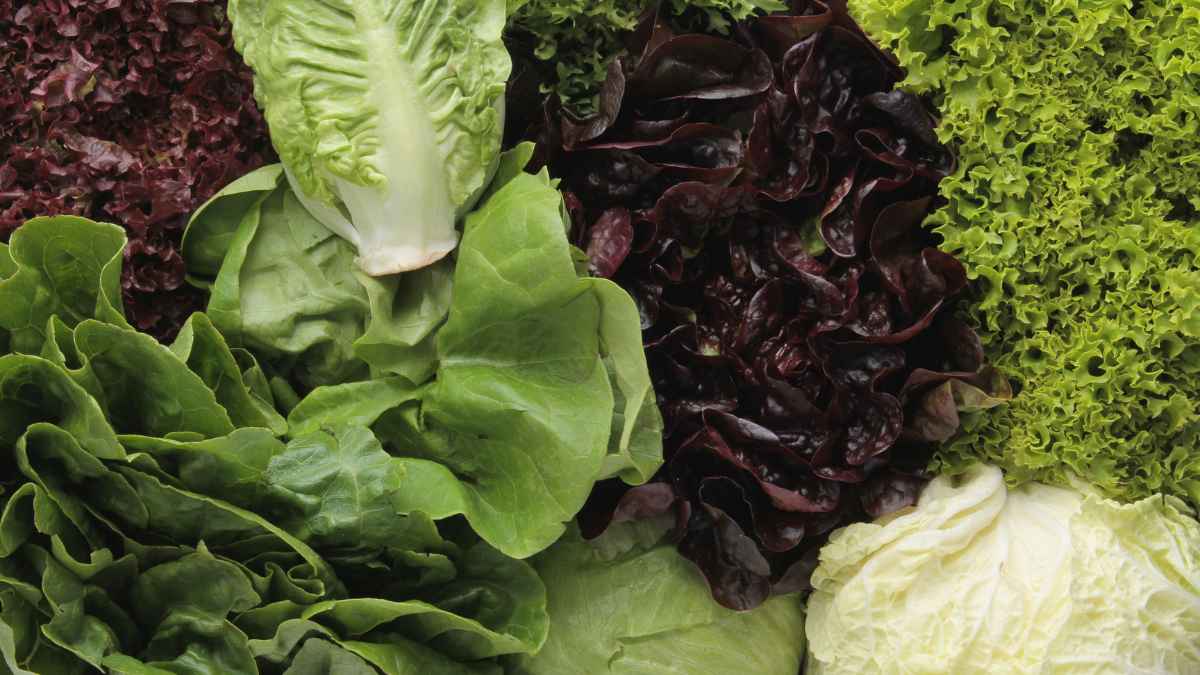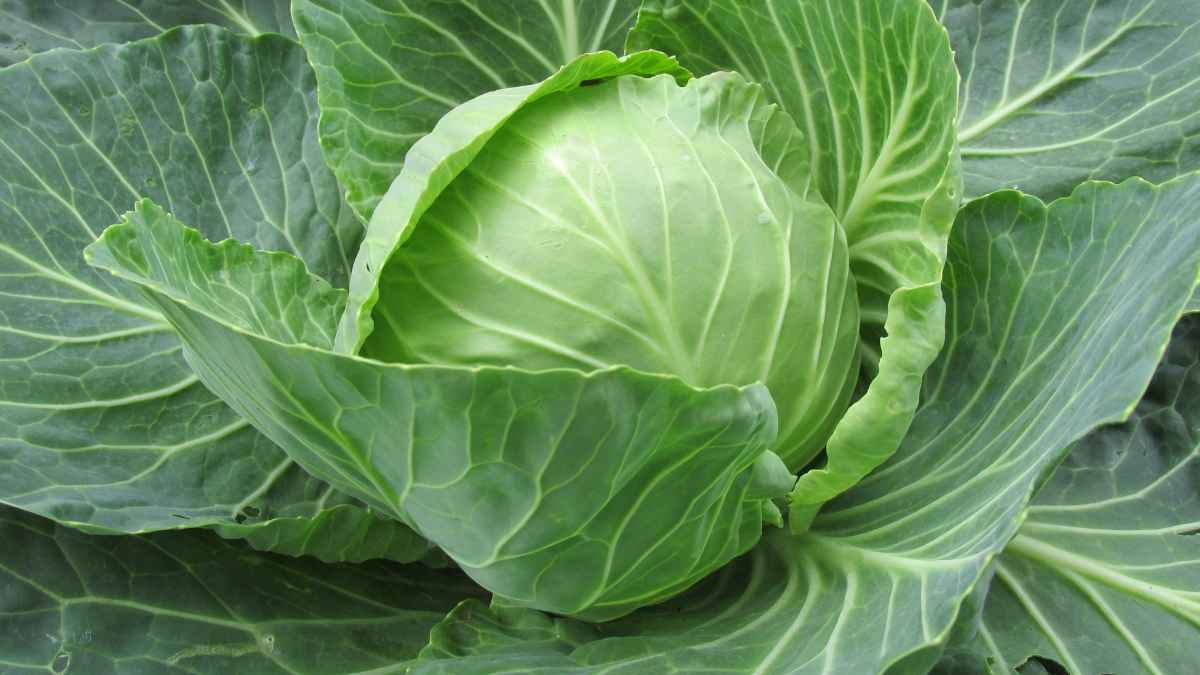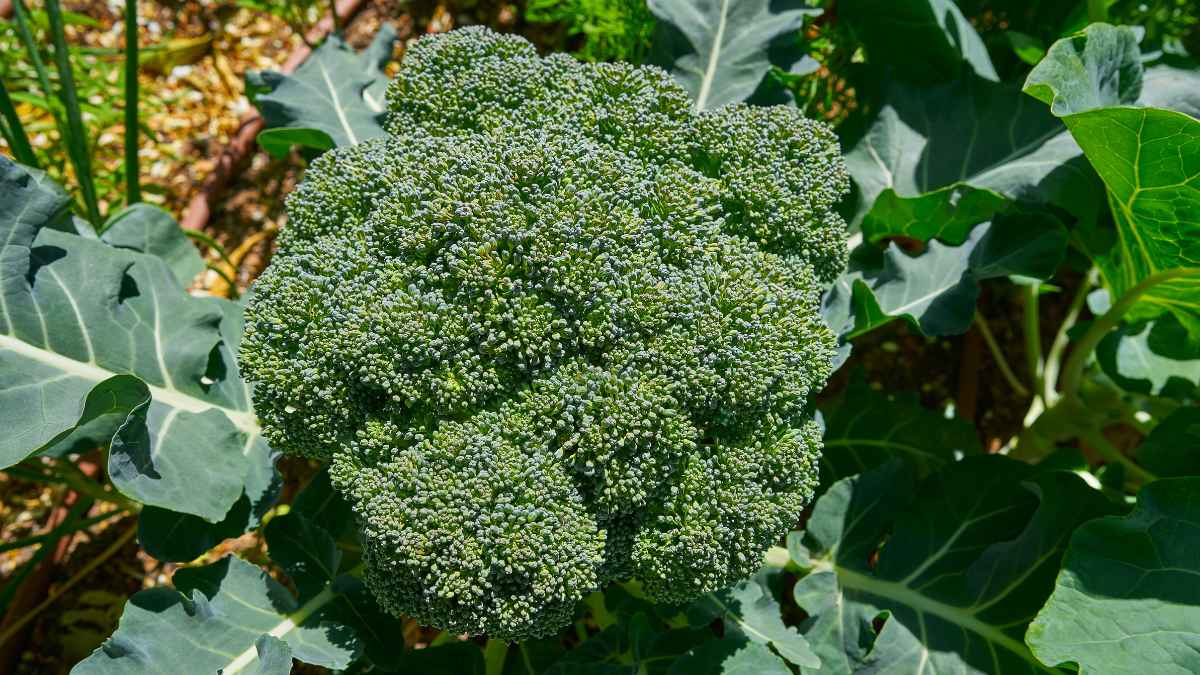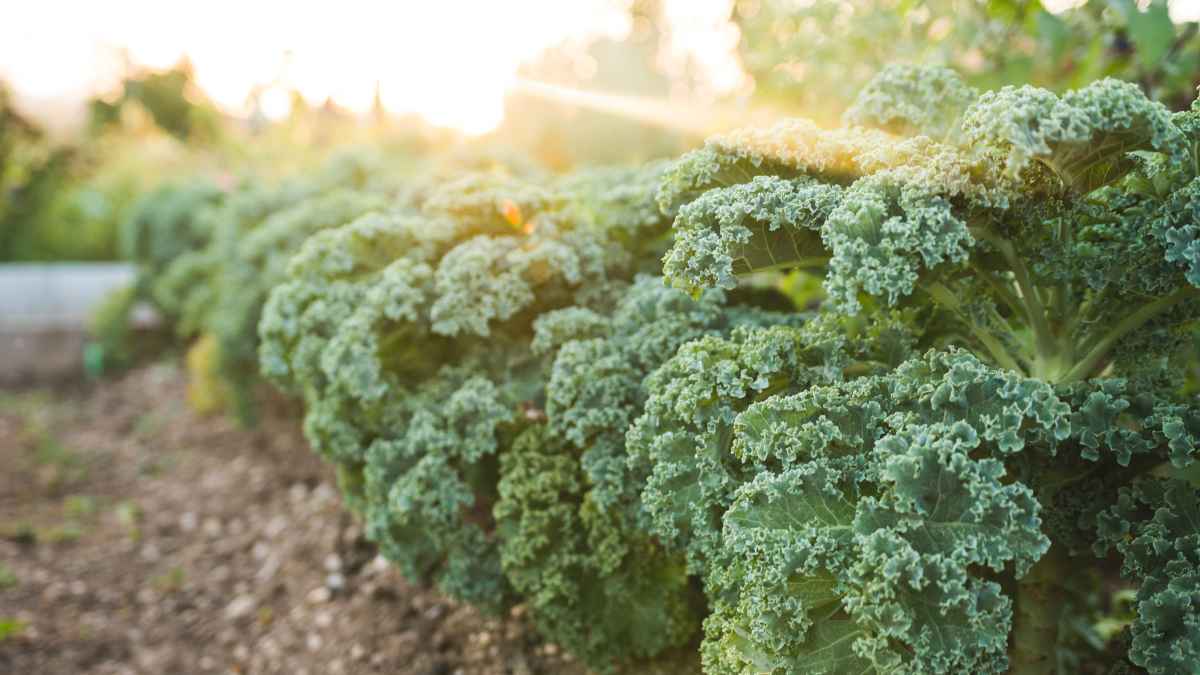
With its vibrant green leaves and nutrient-packed goodness, spinach is a favorite among gardeners and culinary enthusiasts. Growing spinach in your garden ensures a fresh and abundant supply of this versatile leafy green and offers numerous health benefits and culinary possibilities. Here’s everything you need to know to grow spinach successfully in your backyard.
Spinach has various varieties with unique flavors, textures, and growing preferences. Varieties offered at Back Home on the Farm include Lizard Leaf, Imperial Valley, Smooth Leaf, and Bloomsdale. Consider factors such as your climate, available space, and culinary preferences when selecting a variety for your garden.
Spinach thrives in cool weather, making it an excellent choice for early spring and fall gardens. It prefers full sun but can tolerate partial shade, especially in warmer climates. Ensure your soil is well-drained, fertile, and rich in organic matter. Aim for a soil pH between 6.0 and 7.0 for optimal growth.
Spinach can be grown from seeds or transplants depending on your preference and growing season. For a continuous harvest, sow seeds every few weeks throughout the growing season. Plant seeds ½ to 1 inch deep and space them according to the variety’s recommendations. Keep the soil consistently moist until the seeds germinate.
Spinach requires regular watering to keep the soil consistently moist but not waterlogged. Mulch around the base of the plants to retain soil moisture and suppress weeds. Fertilize spinach plants with a balanced fertilizer every 4-6 weeks to promote healthy growth.
Additionally, monitor your plants for pests such as aphids, flea beetles, and leaf miners. Handpick any pests or use organic insecticidal soap to keep them under control. Harvesting Spinach Harvest spinach leaves when they reach your desired size, typically 4-6 inches long for baby spinach and 6-8 inches for mature leaves. Use a sharp knife or scissors to cut the leaves just above the soil level.
Harvest outer leaves first, allowing the inner leaves to grow for future harvests. Enjoying Your Spinach Harvest Once harvested, spinach can be enjoyed in various culinary creations. Use it raw in salads, sandwiches, and wraps, or cook it by steaming, sautéing, or wilting. Spinach is versatile in soups, stews, quiches, and pasta dishes.








